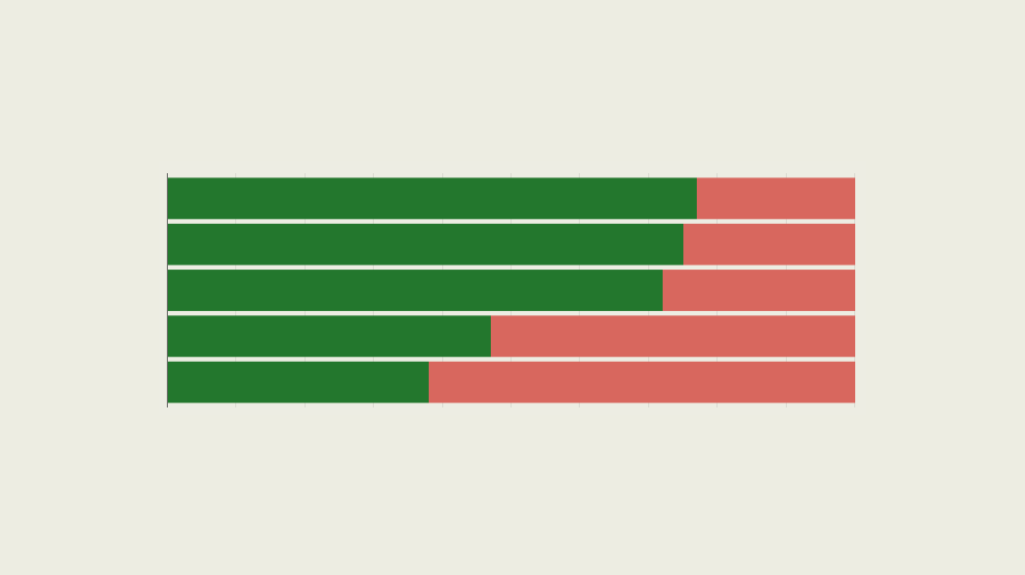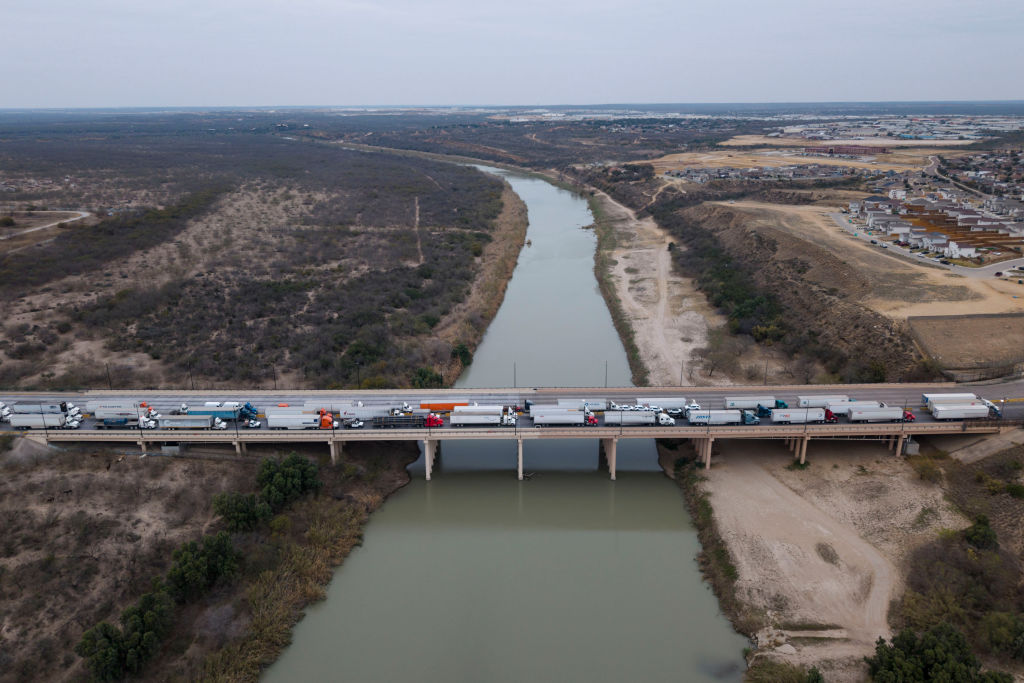Explainer: Colombia's Peace Process with the ELN
Explainer: Colombia's Peace Process with the ELN
The October 1 bilateral ceasefire with the National Liberation Army, now the country’s largest guerrilla group, is a milestone.
With one peace agreement being hesitantly implemented, President Juan Manuel Santos is working to get a second one under his belt before his term ends in mid-2018. Colombia and the National Liberation Army (Ejército de Liberación Nacional, ELN) began a ceasefire on October 1. Santos said in an announcement in early September that the ceasefire would run through January 12 next year, although a statement released by the ELN put the ending date a bit earlier—on January 9. The UN and the Catholic Church will both support efforts to monitor the ceasefire.
The current talks represent the fourth attempt at negotiations between the ELN and the Colombian government. The prior governments of Presidents César Gaviria, Andrés Pastrana, and Álvaro Uribe all tried and failed at various points between 1992 and 2008. Santos announced the talks with the ELN in October 2016, just eight days after voters rejected the original, historic deal his government signed with the Revolutionary Armed Forces of Colombia (Fuerzas Armadas Revolucionarias de Colombia, FARC). But the talks got off to a rocky start when the ELN refused to release an ex-congressman they’d kidnapped, only starting up in February 2017 after his release.
Background and tactics
The ELN formed in 1964, the same year as the FARC, and was Colombia’s second-largest guerrilla group until the FARC turned in their arms earlier in 2017. The ELN was almost completely eliminated after a government offensive in 1973, but regrouped. At its peak in 2000, the ELN counted about 4,000 members; estimates today place it around 1,500 active rebels, with a bigger group of “militants” or sympathizers. Unlike the FARC, the ELN initially opposed drug trafficking, engaging instead in kidnappings and extortion. But experts say the group has expanded their ties to drug trafficking and illegal mining in recent years.
Another ELN tactic has been to bomb oil pipelines, disrupting production and threatening private investment in Colombia’s petroleum sector. In the first three months of 2017 alone, the Caño Limón–Coveñas pipeline, which runs along the country’s northern border with Venezuela and right through the heart of ELN territory, was bombed 28 times. The bombings shut down production for weeks, resulting in a loss of almost 900,000 barrels and $6.3 million in royalties while threatening almost $24 million of the regional economy. The pipeline is the most targeted in the country, receiving half of nearly 2,600 pipeline attacks over a 30-year period, per state oil firm Ecopetrol.
As part of the current ceasefire agreement, the rebels agreed to pause kidnappings and infrastructure attacks, as well as recruitment of minors and laying of landmines. The government, for its part, agreed to halt all military operations against the group, protect threatened community leaders, and improve prison conditions for some 450 ELN members currently behind bars.
Key figures
While the FARC peace talks took place in Cuba, Ecuador is hosting the ELN talks. The lead government negotiator for these talks is Juan Camilo Restrepo, who served as Santos’ agriculture and rural development minister (2010–2013). Restrepo’s appointment is strategic as he is a member of Colombia’s Conservative Party (Partido Conservador Colombiano), whose members were split over support for Santos’ original agreement with the FARC. In a September poll, the portion of Conservative Party voters with a positive image of the ELN peace process was 39 percent—a figure exactly in line with the national rate. Restrepo works under the Colombian High Commissioner for Peace Rodrigo Rivera, who took the reins from Sergio Jaramillo in August.
On the other side of the table is Pablo Beltrán, the guerrillas’ lead negotiator and political director. He reports to Nicolás “Gabino” Rodriguez Bautista, who’s been the ELN high commander since 1973. Second-in-command Antonio García heads ELN’s international relations and led previous attempts at peace talks. While the FARC units were largely identified and documented, the command structure of the ELN is more of an unknown, and there is a risk of blocs breaking off and diving into illegal activities in the power vacuum left by the FARC’s disarmament.
Current climate
Public support for peace processes in general is a delicate issue in Colombia, especially after voters rejected the original peace agreement the government signed with the FARC in October 2016. Although negotiators were able to pull together a second agreement approved by Congress, both the implementation of the FARC peace deal and ELN talks remain divisive topics in the public debate and in the run-up to the 2018 presidential and legislative elections.
Today, just 2.4 percent of voters say signing an agreement with the ELN is the country’s top problem, according to a September Invamer poll, well behind issues such as unemployment, healthcare, and corruption. That said, the poll also found an improvement in Colombians’ views of the talks, with 27 percent saying they were on the right path, up from 19 percent four months earlier, while the rate of those who say the talks were on the wrong path dropped from 70 percent to 57 percent. A separate September poll by Zoom CNC found 39 percent of Colombians nationally had a positive view of the peace talks with the ELN, with support highest in the southeast interior and Caribbean regions (55 and 49 percent) and lowest in areas in and around Bogotá (32 percent). Nationwide, rural Colombians are more likely to have a positive view of the ELN peace process than do urban residents (44 to 35 percent), as are men compared to women (45 to 34 percent).
Other resources











